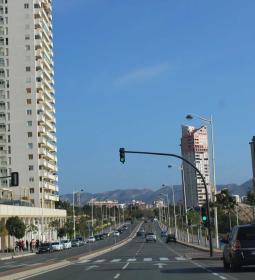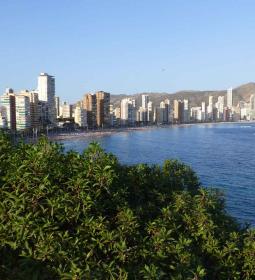The intervention, with a budget of 162,408.62 euros, traffic won't be affected until after Easter
Benidorm will begin work on the roundabout at the intersection of Severo Ochoa Avenue and Camino de los Torreros on Monday

The Department of Water Cycles will begin construction work this coming Monday on the new roundabout at the intersection of Severo Ochoa Avenue and Camino de los Torreros, once the surface drainage improvement work around this intersection has been completed.
The budget for this project, which is being carried out by the concessionaire Hidraqua, amounts to €162,408.62, and its completion is scheduled "before the arrival of summer," according to the Councilor for Water Cycles, José Ramón González de Zárate.
The councillor also noted that these works will not affect traffic until after Easter, although any potential impacts will be reported after the holidays. “Until Easter, work will be carried out at a slow pace to avoid interfering with road traffic. After that, work will be carried out to minimize disruptions and, in any case, maintain traffic flow in both directions,” the councillor clarified, adding that “residents will be given sufficient advance notice.”
The purpose of this roundabout, González de Zárate explained, is “to resolve the problems generated by the urban impact of traffic at the intersection of the two roads.” To minimize disruptions, the decision was made to fit the section within the road system and to minimize the area surrounding the current layout.
These works represent the culmination of previous hydraulic infrastructure projects. First, work was carried out to install a second wastewater pump line to the treatment plant to ensure that the wastewater reaches its destination at all times, even if there is a breakdown in the main line. This secondary line was essential during the initial stages of the renovation and improvement of the pumping stations.
Following this action, surface drainage improvements were carried out with the asphalting and paving of the affected area. The hydraulic solutions implemented were intended to solve the problems facing the services, such as the deficient stormwater infrastructure. At that time, the restoration of the affected services was limited to paving part of the sidewalk and roadway, relocating streetlights, and installing signage.




